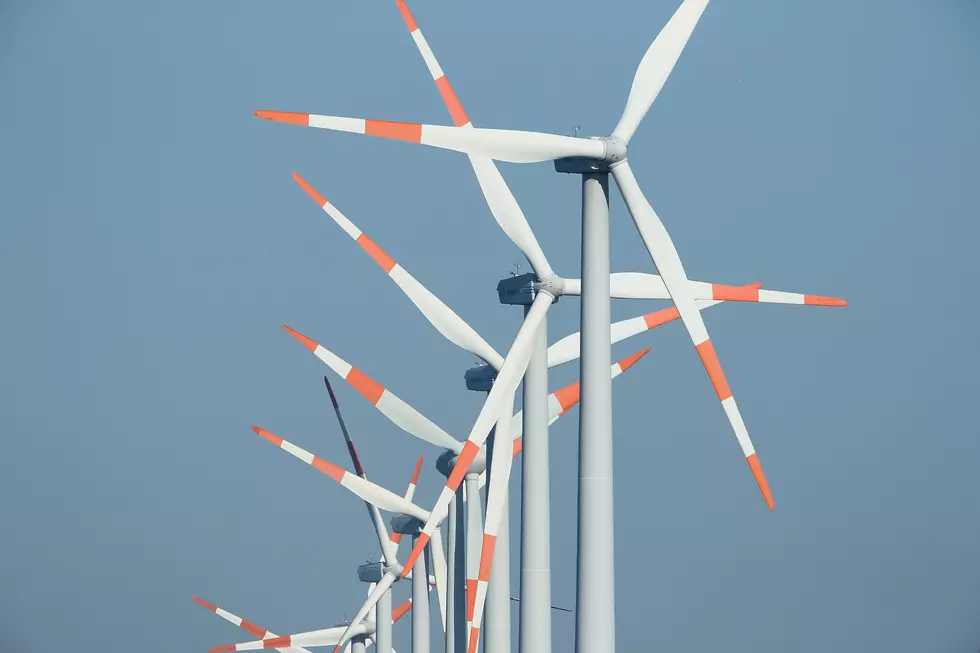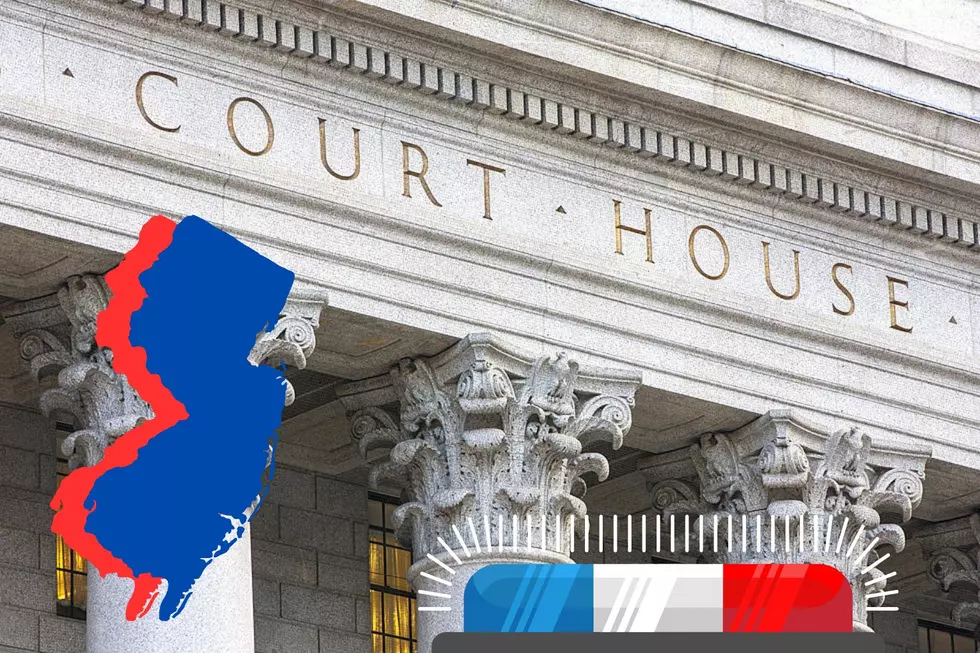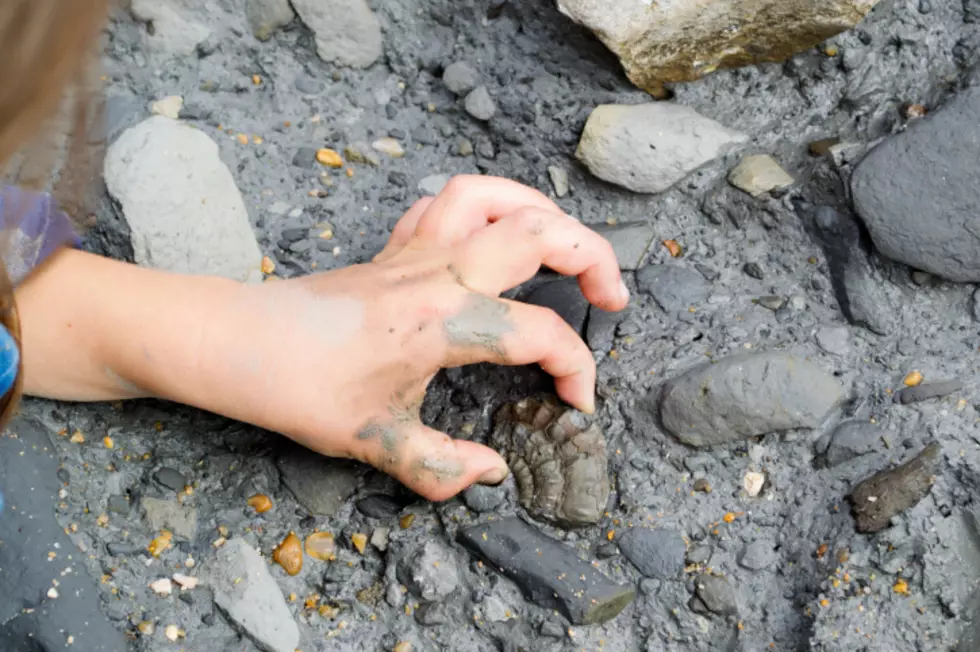
Dead whales aside, wind is inefficient for NJ power (Opinion)
The optics of dead whales washing up on the Jersey Shore was a setback for the proponents of the wind turbines off the Jersey coast for sure.
Lots of emotion poured out as the huge mammals washed ashore leaving local towns stuck with the bill to remove the carcasses from the beach. It was one of those rare issues that united the right and left on the political spectrum against the so-called "progressives" and their quest for "alternative" energy. But the problem with the turbines is much bigger than the accusation of dead whales.
In addition to the danger to marine life, according to the U.S. Forestry Administration, wind power is a major threat to the bat population contributing to the deaths of millions.
The challenge with this is more than an emotional reaction to dead bats, it's disruptive to the food chain.
Perhaps if wind power were the most efficient form of clean energy able to supply millions with power without pollution, we could overlook some of the environmental impacts. But it's not, actually, it's among the LEAST efficient form of energy production.
The definition of inefficient is wasting time, money, energy, or other valuable possessions or qualities according to the Cambridge dictionary. Wind turbines fall neatly into this category.
Let's start with a simple equation about energy conversion. This is rated based on the amount of time that the source can produce energy. According to the calculations used to define "efficiency", it is not possible for wind power to be 100% efficient. See this from Vernier Science Education:
The efficiency of a wind turbine can be defined by the following equation:
For a wind turbine to be 100% efficient, all of the energy available in the wind would be converted into electricity. In other words, all of the energy in the wind would be transformed and the air would stop moving. This is not possible in practice because a rotor only spins if the wind passes over the blades. If a rotor were to stop all the moving air, the turbine would not be able to convert the wind’s kinetic energy to electrical energy.
This is demonstrated further by the Energy Information Agency, which rates all sources of power generation with a consistent measure called a "capacity factor." The capacity factor is a measure of the percentage of time that the source is actually generating power. Compared to nuclear and natural gas, it's safe to say the wind is among the LEAST EFFICIENT sources of power generation coming in at the mid-30s compared to nuclear in the low 90s.
In addition to the clear inefficiencies compared to other sources, there's the waste of fossil fuels and the massive amount required in construction and maintenance.
For a typical wind turbine, the construction of the tower and the blades require 750 metric tons of steel. Massive amounts of diesel fuel are used to transport the steel. Thousands of gallons of oil to lubricate the gearboxes and tons of concrete were poured to keep the tower stable. This doesn't even count the massive amount of fossil fuels used in the transfer lines, stations, and infrastructure to get the power from the tower to shore and then distributed to communities.
According to Vaclav Smil, a professor who has published 40 books and more than 500 peer-reviewed papers:
WIND TURBINES ARE THE MOST VISIBLE SYMBOLS of the quest for renewable electricity generation. And yet, although they exploit the wind, which is as free and as green as energy can be, the machines themselves are pure embodiments of fossil fuels.
In addition to the gross inefficiencies outlined above, there's the inconvenient truth that virtue-signaling countries like Germany, which embraced the wind and lectured the rest of us, have had to revert back to coal plants in order to keep up with demand.
In California, residents are expected to deal with rolling black and brown out because of the massive push for alternative energy.
So, dead whales, brownouts and blackouts, food chain disruption, massive amounts of steel, oil, and diesel, increasing reliance on coal and it only produces energy an average of 35% of the time?
Let's tell the governor to stop tilting at windmills and end the charade. New Jersey needs leadership. New Jersey needs competent, smart people to deliver a common-sense energy plan for our grid. That means embracing what is already working: natural gas and nuclear.
The post above reflects the thoughts and observations of New Jersey 101.5 talk show host Bill Spadea. Any opinions expressed are Bill's own. Bill Spadea is on the air weekdays from 6 to 10 a.m., talkin’ Jersey, taking your calls at 1-800-283-1015.
Click here to contact an editor about feedback or a correction for this story.
Up or down? Average property tax changes in NJ in 2022
Every NJ celebrity with a star on the Hollywood Walk of Fame
More From New Jersey 101.5 FM









